The World of Journalism: My Experience
My press pass for the event (with a dinosaur sticker on it).
September 10, 2017
Journalism has always appealed to me. There is a beautiful importance to it. Without journalism, without the media, how would the people know what happens around them? How else would they hear stories that need to be told?
That is why, this summer, I decided to go out on a limb and submerge myself in the world of journalism. To do so, I attended a conference called the Washington Journalism & Media Conference hosted by George Mason University. Every participant assumed the title of National Youth Correspondent and served as a representative for his or her school, town, state, or sometimes even country.
I discovered the event through a nomination I received in the mail, and, naturally, I immediately worried the whole conference was an elaborate scheme searching for money. Although it did cost, having experienced it, I can assure now that it was no scam.
For someone who thoroughly enjoys journalism, I knew until that point I merely scratched the surface of the extensive world that is journalism; I also knew that there were only a number of places that can rival Washington, D.C. as a hub of media.
Day one of WJMC was a day of many firsts: first meetings with people from all over the country and beyond, first time at a summer camp, first time flying on a plane by myself, etc. Though hectic, the day entailed plenty of fun and activity.
Upon arrival, each of the 300+ attendees received press passes and schedules. Immediately after putting on my press pass–with my name and my picture–I was beyond excited. I would be in Washington, D.C. with my own press pass, something I previously considered a far-off dream.
After first introductions and exercises like the dreaded name game, things really started taking off. I met my roommates and the people within my specific group, and I loved them all. Everyone there shared a common passion and the bonding was thus inevitable.
All day I excitedly awaited dinner and the speaker who would be joining us. After reading the speaker’s bio, I knew I would really enjoy listening to her. Her name was Jamie Smith: a woman who came from humble beginnings in a small hometown who fought her way into the competitive world that is D.C. She made it as far to work alongside primary political figures and travel the world with them, including operating as deputy press secretary of the White House under Barack Obama. She especially drove home the point that she made sure to never lose touch with her roots, her dedication to human rights, and her thankfulness for a position so many others would do anything to assume.
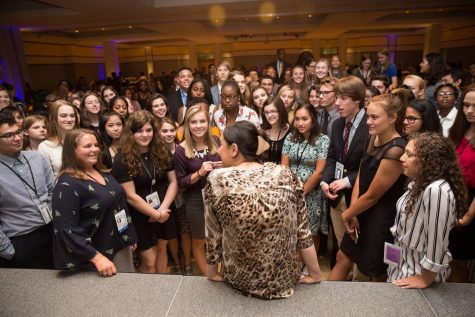
Myself and some of my fellow correspondents jumping at the chance to speak more privately with Jamie Smith.
If time had allowed it, I probably would have asked Mrs. Smith questions for hours. Seeing her on stage and hearing her speak her truths that resonated so deeply with me motivated me the entire week. As long as people like Mrs. Smith, like me, existed in the media world, I knew I would love my experience there.
The next morning, we all woke up bright and early and made our way to the Newseum. The Newseum is pretty much exactly what it sounds like–it’s a museum dedicated to the history of news and media.
One of the first sections my group hit was a gallery dedicated to Pulitzer Prize-winning photographs. Every single picture evoked a different emotion from me–I smiled, I teared up, I broke out in chills. Photos of Jeffrey Bauman following the Boston Bombing, students sobbing in the immediate aftermath of the Columbine Shooting, of death and war, of family reunions. Being in that room raised a question for me: As a photojournalist, how far is too far before one damages oneself or the subjects of the photos?
Next was an exhibit centering on the Civil Rights Movement. I always admired the Civil Rights Movement and every prominent figure who fought for it. I stand by the fact that names like Martin Luther King Jr, Malcolm X, John Lewis, Rosa Parks, Claudette Colvin, Ruby Bridges–the list goes on–deserve to forever go down in history as those of some of the most courageous and admirable Americans of all time.
Something that specifically stuck with me from this section was a quote from Civil Rights leader John Lewis that goes as follows, “Without the media, the Civil Rights Movement would have been a bird without wings.” I don’t think I have ever appreciated journalism and media as much as I did in that exact that moment.

The display of John Lewis’s memorable quote.
From here, the other exhibits that really stood out to me were the ones dedicated to the news people who covered 9/11 and the mural of fallen journalists, the role of music in media, and the one displaying a piece of the Berlin Wall. Each area elicited a variety of responses. I felt pain and respect as I gazed upon the hundreds of faces lost to the dangers of journalism. My heart filled with joy as I watched a movie about Live Aid and the unity that music coupled with media can bring. Indescribable emotions consumed me when I touched the Berlin Wall; I could barely comprehend the fact that something now so reachable once divided a city, the world, and its people for the worse.
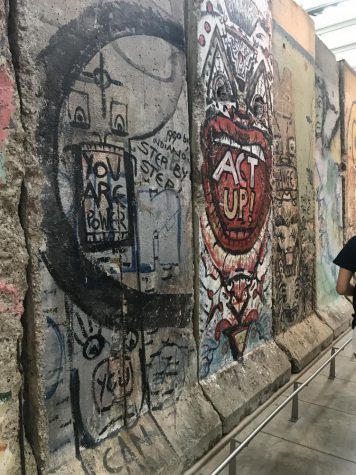
The piece of the Berlin Wall available to see at the Newseum.
After the experience that was the Newseum, myself and my fellow correspondents headed to another hall where we listened to conservative Eric Felten speak. The presentation simply wasn’t interesting. Too many people around me were slouching in their seats and prying their eyes open in a desperate attempt to stay awake. However, in the world of journalism, whether you like it or not, it is often crucial to remain impartial and moderate when reporting. So, despite my disapproval of the speaker, I recognized the learning experience that was sitting and listening to the views of someone I disagreed with.
The next day gave way to another absolutely amazing speaker. Her name was Susan Goldberg: the first female editor-in-chief of National Geographic magazine. Her presentation was utterly captivating. She utilized visuals, videos, and stories in a way that left everyone in the audience desperate to know more. Something different about her over the other speakers was that her platform was not political or opinionated. Instead, National Geographic is strictly scientific regardless of the topic it approaches. What made her stand out so prominently to me was that she used her extensive resources as a means to delve into the scientific aspects of controversial topics.
For example, when President Trump and his administration first began to denounce climate change as a hoax, National Geographic covered its website and magazines with facts that proved the complete opposite. When bigots around the world attempted to ridicule and mock non-conforming gender identities, Susan Goldberg fired back with an entire issue that focused on the science behind female oppression, transgender, and gender identity as a whole. Susan Goldberg explained that she received hate mail, she was told she was wrong, and she lost subscribers in these times. But she did not care, because she did what National Geographic had always done–she and her staff sought the scientific truth, found it, and reported just that. (Not to mention the fact that the online reception was overwhelmingly positive.)
After Susan Goldberg was Nia-Malika Henderson. She was a journalist for CNN whose work focused heavily on politics. As a woman of color, she got to speak to us from a viewpoint we had yet to see during the conference. Her manner and presence on the stage greatly reflected her experience as a media professional.
We then proceeded to leave the hall we listened to these two speakers in and travel through the city to the National Press Club. It was a surreal experience; in the past, I had visited D.C. as a tourist who saw the big important office buildings in the city and wondered what could possibly be going on in them. Now I was entering one.
Our time spent at the National Press Club included three presentations. The first was done by Brian Lamb, the founder and executive chairman of C-SPAN. He started off by giving us all great tips on what it’s like to be an interviewer. He demonstrated the importance of both asking questions and listening to answers, and how interviewers must always be able to think on their feet in order to sustain the conversation. Unfortunately, he then decided to segue the discussion into having some of my fellow correspondents raise their hands and answer personal questions about their political opinions, which spiraled into their lives, which further devolved into tragedies that happened within their families. Although everyone who shared willingly offered to, there were over 300 people in that room. It made everything a little too tense and a little too deep. I think there was an important lesson there: know when enough is enough.
When Brian Lamb concluded, there was an unavoidable tension in the room. Despite my discomfort, I recognized that sometimes awkward situations and journalism go hand-in-hand. Once again, a bad experience morphed into a learning one.
Next to enter the room was Jeff Balloon, the first black president of the National Press Club. He spoke with us from a far more sentimental and a far less polarizing standpoint. He discussed the importance of his position as the first black president of the club through alluding to the far-too-many historical and modern struggles faced by African-Americans.
He evoked emotion from the whole crowd when he referenced Emmett Till, the 14-year-old black child who was killed in Mississippi in 1955 for allegedly being sexually crude toward and grabbing at a white woman named Carolyn Bryant Donham. Two white men brutally and mercilessly beat young Emmett to the point that his body was unrecognizable. The white men who committed the horrific murder were acquitted of all charges.
Heartbreakingly enough, in January of this very year, the New York Times reported that the alleged victim Donham revealed that her sexual accusations against Emmett Till were indeed false; without saying the exact words, she admitted to unjustly destroying the lives of Emmett Till and his family because they were black. Jeff Balloon linked this terrible event to the importance of his position–for so many years, racism ran rampant in the news industry, and black people were not represented at all. Children like Emmett Till were viciously murdered because of it. Balloon explained that this problem is certainly not resolved as of yet, but he proudly announced that he would make sure his position was a step toward just that.
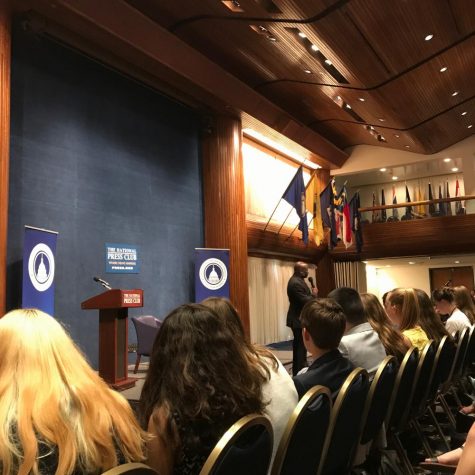
National Press Club Jeff Ballon speaking.
As I mentioned earlier, I have always found interest in pursuing journalism because of the appeal of providing a voice to the voiceless–I couldn’t have been happier to see such a respectable man like Jeff Ballon doing just that.
Although most of the speakers were unforgettable, of them all, Terry and Sulome Anderson definitely impacted me the most. If you have never heard of Terry Anderson, I’m glad I can tell you now. His story is truly incredible. Years ago, Anderson worked for the Associated Press as bureau chief. For part of his career he reported in Lebanon.
On his daughter Sulome Anderson’s website, she describes, “My father is Terry Anderson, the Associated Press bureau chief kidnapped in Lebanon three months before I was born in 1985.” Anderson was captured, held hostage, and tortured by Shiite Hezbollah militants. He was not released until 1991.
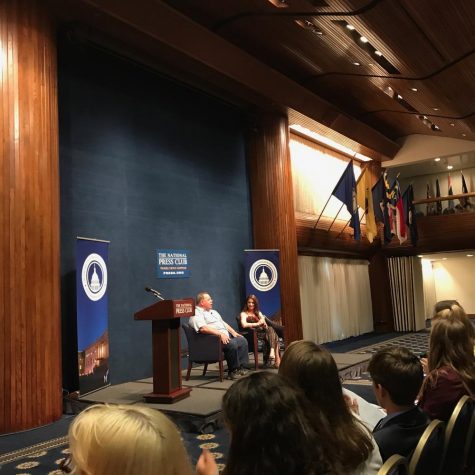
Terry and Sulome Anderson addressing the crowd at the National Press Building.
The Andersons spoke about how this difficult situation impacted their relationship and Sulome’s childhood. However, despite seeing the dangers of journalism firsthand, Sulome grew up to follow in her father’s footsteps and become a foreign correspondent stationed in none other than the Middle East.
I truly don’t think I have ever admired a pair of people more in my life. They had both been so horrifically wronged yet held no unnecessary grudges. Both of them respected the people of the Middle East endlessly. They touched on the Israel-Palestine conflict as well, and very intelligently articulated that the Israeli government and Palestinian terrorists were at fault, but that these organizations did not reflect the actions of all Israelis and Palestinians, and certainly not all Jews and Muslims.
Further, Sulome was even persuasive and passionate enough to go to Lebanon and interview the same terrorists who kidnapped her father and stole nearly 7 years of his life. The immense strength of the two and their relationship was beyond commendable. I never felt as inspired in my life–in that moment, the idea of becoming a foreign correspondent appealed to me for the first time. A real difference can be made in that line of work.
After the Andersons talked to us, we started filing out of the National Press Building. Luckily, my group had the chance to hang back and speak one-on-one with both of the Andersons. I was so overwhelmingly excited to speak to the two people who influenced me so significantly in only about an hour’s time.
I first approached the line for Terry Anderson. None of the correspondents wanted to disrespectfully ask questions about his capture; a girl right in front of me asked instead about his escape. When he responded, he spoke to both me and the girl, and I’m forever thankful for that because I will never forget what he said. He spoke about how one day, after almost 7 years, his captors came into the underground cell he and his fellow hostages were locked in. The captors threw bags over the hostages’ heads, loaded them in a truck, and drove them far away. When the car stopped, the captors released the hostages, tore off the bags, and left. Although he had been abandoned in the middle of nowhere after 7 years of captivity, Terry turned to me and that girl and said, “It was the first time I saw the stars in 7 years.”
When it was clear that we were emotional after his story, he smiled and kindly added that he and the other people held hostage with him still met up, and that, this fall, they were having another reunion. He explained that their presence kept him alive, allowed him to maintain his sanity and his humanity. The bonds he made with them were unbreakable.
I still had my turn to speak with Terry independently, and I decided to use it to thank him for his courage and his very intelligent explanation of the Israel-Palestine conflict. As a Jew, it is not uncommon for people to ask me my opinions on the subject or to accuse me of hating Palestine. I can assure that that is not the case–I personally despise the Israeli government. But not all all Israelis and Jews can be blamed for its actions, and not all Muslims and Palestinians can be labeled terrorists. It’s just wrong. It felt so great to hear that two people who have seen the conflict firsthand knew that too.
After Terry and I shared a few words regarding that, he shook my hand and wrote “God Bless” in my notebook. I am of Jewish heritage, but I wouldn’t say I’m religious; however, I found it quite admirable that after everything Terry went through, he still wholeheartedly believed in a benevolent God.
I then made my way over to Sulome. I offered my same thanks to her, and she shared with me that she is Lebanese and her boyfriend is Jewish, so she feels particularly strong about reporting the truth about Middle Eastern peoples, especially during a time where they are so heavily villainized. In turn, I told her that she represented a lot of what I hope to become someday, and she smiled and hugged me. We then took a picture together.
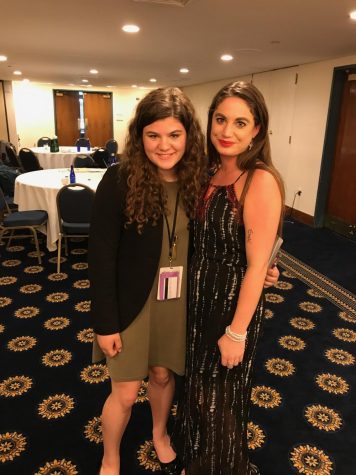
My photo with Sulome Anderson.
Later that night, all the correspondents met up again for dinner and yet another speaker. Some of you may know of the iconic article that revealed Former President Barack Obama’s habit of eating a precise 7 almonds. Or maybe you have seen the video of the reporter counteracting one of Sarah Huckabee Sanders’ inadequate responses with a distressed “I mean, really?!” The star of both situations is none other than the speaker we had that night, a White House Correspondent named Mike Shear. That in of itself says enough about how great it was to listen to someone like him speak–he had a plethora of firsthand experiences that he happily shared in an extremely respectful and factual manner. There are many positions in journalism that require that kind of self-control, but his is certainly one of the most demanding and his presentation proved him more than capable.
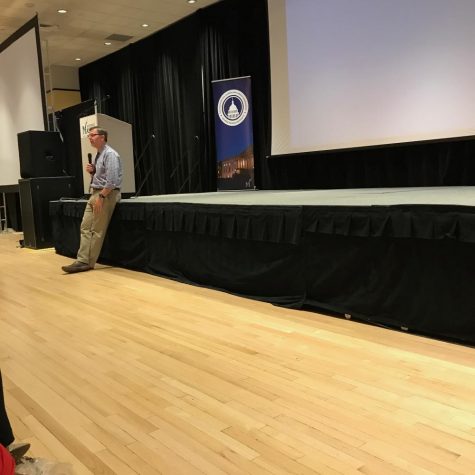
Mike Shear presenting to the National Youth Correspondents.
The next day was more prominently focused on having the correspondents experience the world of journalism for themselves. We all participated in a simulation in which we were assigned a news outlet. My assignment was a news anchor for MSNBC. From there, we were given descriptions of the outlet structure and opinions as well as some fabricated news stories. Our task was to embody the perspective of the news outlet we represented and to report the news in the same style and with the same bias. Working with bias helped reveal to us how differently individuals can consume news depending on their sources.
Previously, I never considered being a news anchor. It never truly appealed to me. But spending so much time and effort on writing a script for only a one-minute period of screentime really opened my eyes–it’s a lot of work. Although I certainly still prefer writing, I have a lot to thank WJMC for in regards to broadening my repertoire, understanding, and appreciation for all branches of news.
We also spent a portion of the day discussing our college and career options in journalism and media. The admissions officers and other professionals who shared their knowledge with us really helped me pinpoint where my interests lie. I know now that journalism is a course I do not plan on abandoning when I get to college. For me, an experience like WJMC is too significant to simply forget.
Other than self-exploration, the day also constituted two more speakers. Both of these speakers were photojournalists whom I was very excited for. Photojournalism is not my preferred line of work, but I do find great interest in the subject and the pieces that come out of it. I desperately wanted to know more after seeing the Pulitzer Prize gallery in the Newseum.
The first photojournalist was Dayna Smith. She is currently president of Imagesmith Media, but in the past she shot for newspapers such as The Washington Post. She delved deeply into a topic that previously caused me to wonder how far is too far in photojournalism. She said that there were times she overstepped her boundaries, times she put herself in immediate danger, times she photographed tragedies that she couldn’t stop and faced personal and public criticism for it. But despite it all, she didn’t regret a single thing; she knew the risks beforehand, but she willingly endured them because of her passion for photojournalism.
Maybe that’s something about journalism that means so much to me: the passion. Journalism and media is a competitive world to fight your way into. No matter the subject, everyone who writes does so because he or she enjoys it and fought to get to the point where they could do so. It’s inspiring and it’s impactful and I love it.
The other photographer, Meghan ATB Reese, worked more heavily in D.C. and in reality television. While she didn’t face the same imminent dangers that Dayna Smith did, she still shared some pretty scary stories about her work in reality television. She also broke some hearts when she revealed just how much of it is fake. When watching reality shows, I feel like a lot of people disregard the photographers and cinematographers who work in bizarre conditions to get the right shot. She shed some light on that, which I found very interesting.
Later that evening, we correspondents had the opportunity to choose from a wide variety of speakers. This situation was first come first serve, and I had my eye on a man named S.L. Young. Fortunately, I had the chance to attend his presentation. S.L. Young is a man of many trades. To be specific, his website dubs him an “author, HuffPost contributor, inspirational speaker, professor, project/program leader, social entrepreneur, and radio host.”
For starters, the audience was significantly smaller and the presentation more intimate because all of the correspondents were divided amongst the available speakers. This on top of his unique perspective made for a great presentation. Young spoke to us about how he first discovered the world of journalism after his depression reached the point of an attempted suicide. To cope with his emotions, he turned to writing, and he found a love and passion that kept him alive and helped him to heal–yet another example of how journalism and media actually makes a positive difference if the right people are doing it. He inspired everyone in the audience and he thoroughly enjoyed his time with us which made it all the more enjoyable.
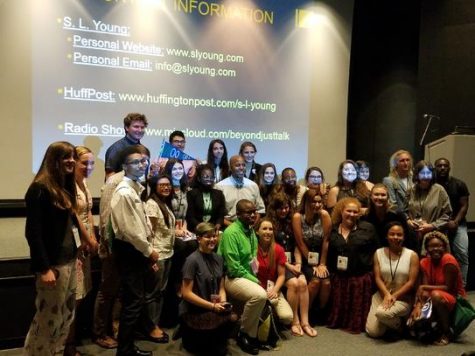
The photo of us all on the homepage of S.L. Young’s website, captioned, “Mr. Young with aspiring journalist at the George Mason University’s 2017”
In fact, our photo with him is currently on the homepage of his website.
The fifth day was a day we got to spend on Capitol Hill, getting a feel for the hustle and bustle of the city. We also had a slot of time to meet with our senators. More than anything I wanted to meet Elizabeth Warren. Albeit, she was not available at the time; however, I did have the opportunity to go into the Hart Senate Office Building. I also had the chance to meet with Senator Warren’s Legislative Correspondent Samuel Weinstock. Although I didn’t get to see Senator Warren, I still learned a lot. Weinstock was younger and recently graduated from Harvard, so he was able to provide a point of view that pertained more to myself and my interests, which I very much appreciated. I related to him in regards to journalism; he loved to write and was editor-in-chief of Harvard’s newspaper, and he was able to apply these skills to a fast-paced D.C job.
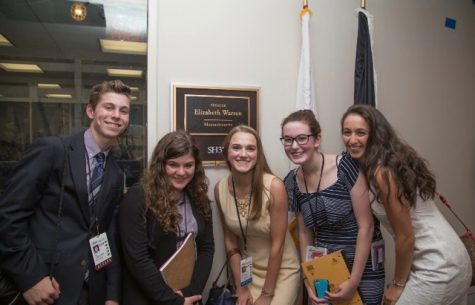
Myself and my fellow Massachusetts-native National Youth Correspondents out front of Senator Elizabeth Warren’s office.
Since the following day was the very last, we got to spend the night before void of speakers and learning. In place of that, we loaded onto the buses to a Marriott hotel where we ate a lovely dinner and then a dance where we had the chance to have some fun with the people we had grown to love over the course of the week. Unfortunately, that only made saying goodbye the following day even harder.
Miraculously–somehow, someway–day 6, the final day, had descended upon us. Calling the mood somber would be a complete understatement. It was downright depressing. I didn’t want to say goodbye to my friends, or D.C., or WJMC. No one did.
I had grown especially close to my roomates. We still text each other all the time. When I asked them, they had nothing but positive comments to make about WJMC. One of my roommates was a girl named Jordan Kleber from Mississippi. She gushed,”WJMC was an incredibly unique experience.”
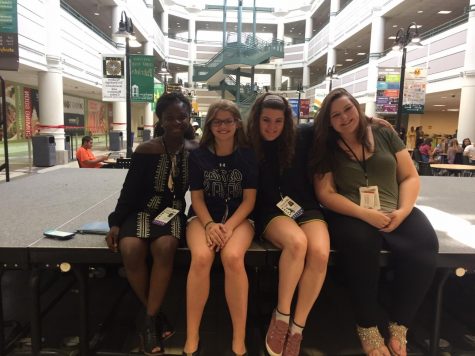
My roommates and I on our last day together. (From left to right): Adjoa Aikins, Jordan Kleber, me, and Sabrina Westmorland.
Sabrina Westmorland from Michigan agreed, adding “There were a lot of different ethnic backgrounds which included different religions. I thought it was interesting how we were all able to put aside our difference and build amazing friendships.”
Adjoa Aikins from California concluded, “Making new friends, meeting amazing and inspirational speakers, and exploring the monuments in D.C. are experiences that will never be forgotten.”
I miss them all a great deal, but at least none of us left empty handed. To this very day, I talk to the same great people I met that week. I gathered a much deeper appreciation for the numerous layers of the journalistic world. Journalists and media professionals risk their lives on a daily basis to tell the truth and to do a praiseworthy service to the whole world. As long as the right people have the platform to share stories, journalism is something that can truly make a difference in the greatest way possible. It can tell untold stories, shed light on the darkest areas, and unite people in a common cause.
WJMC may be over, but my experience in the world of journalism is only beginning. And I know the memories, the knowledge, and the perspectives that WJMC and Washington, D.C. presented me with will never leave me.


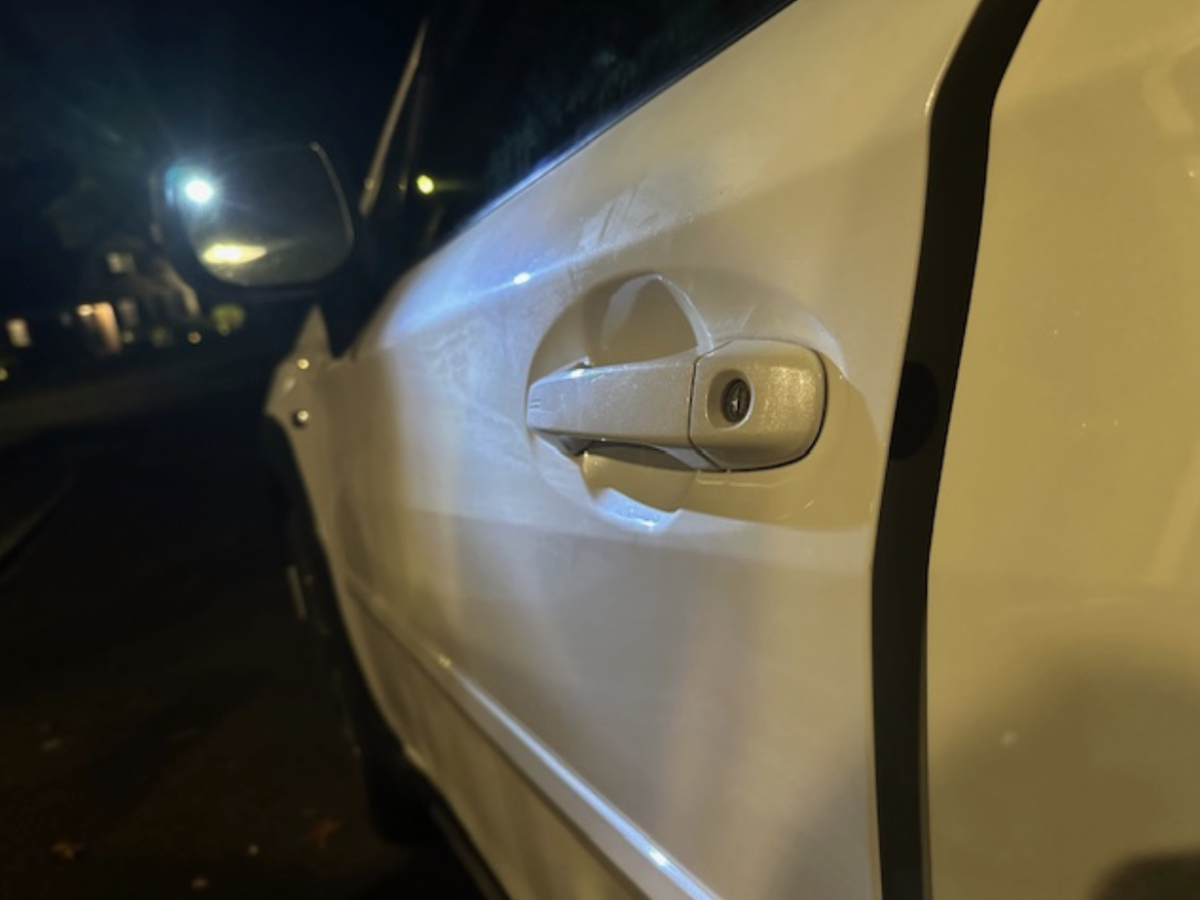




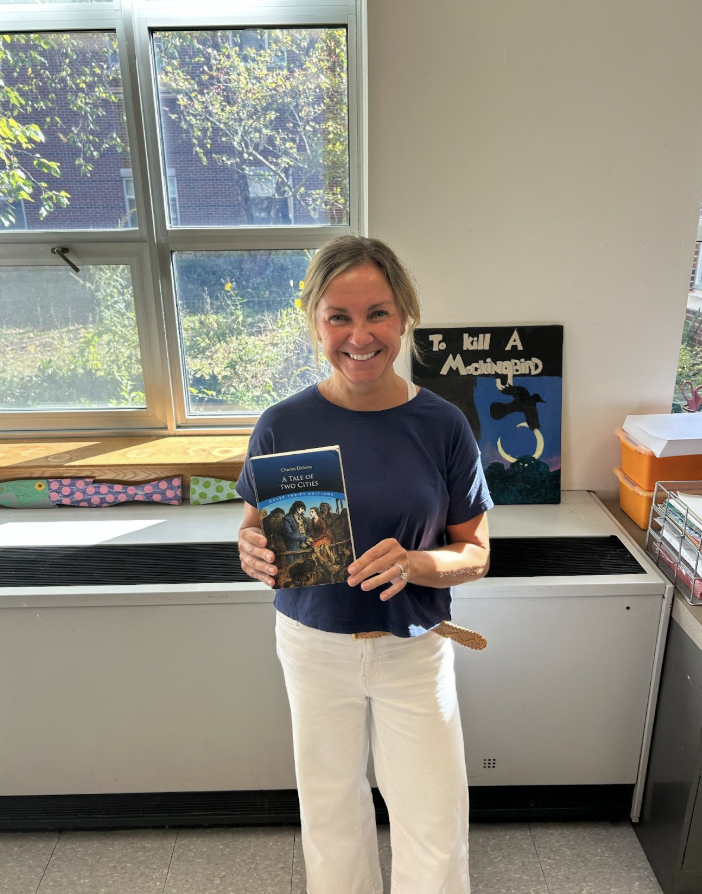
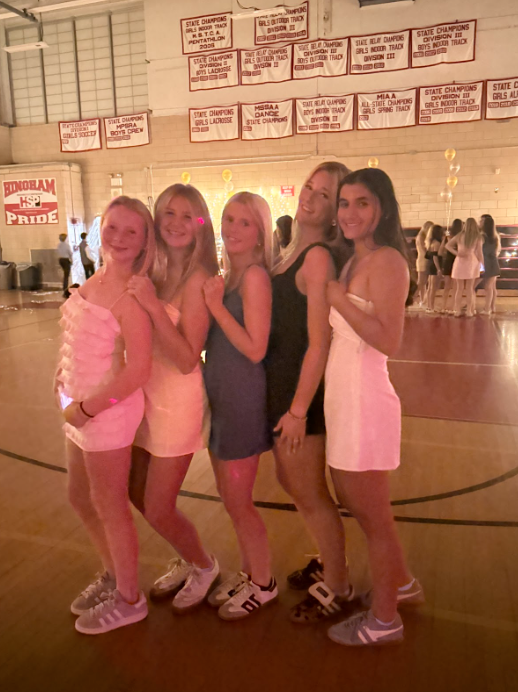
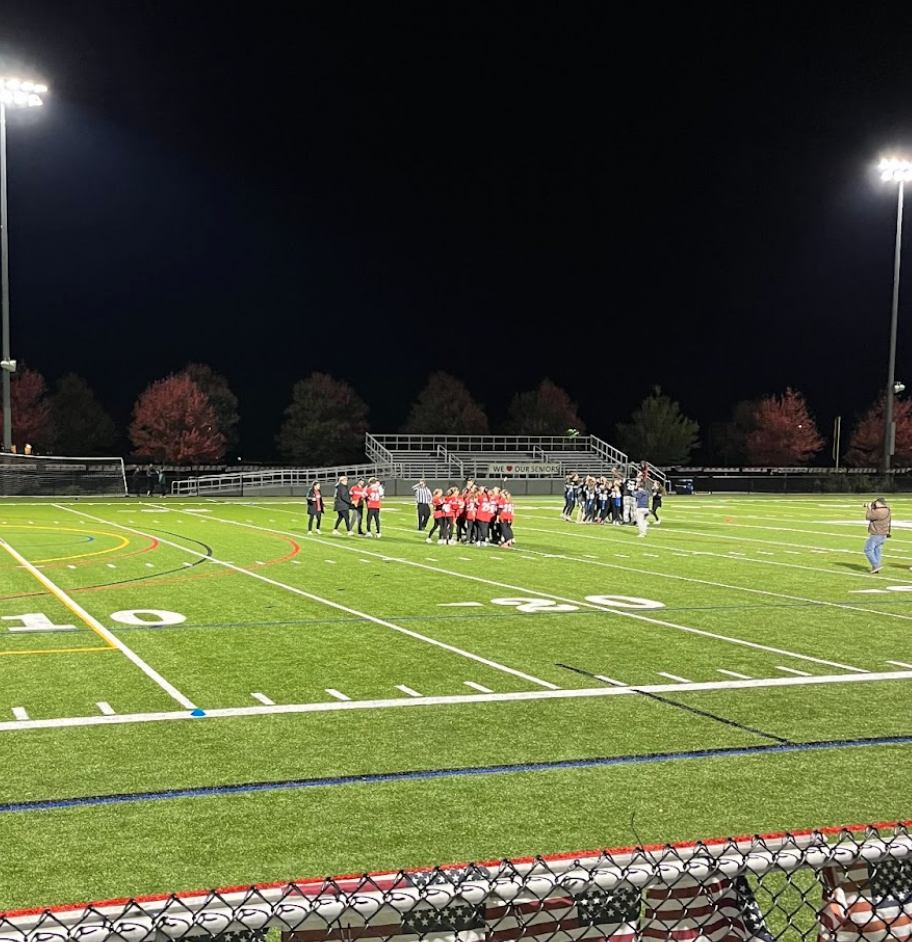
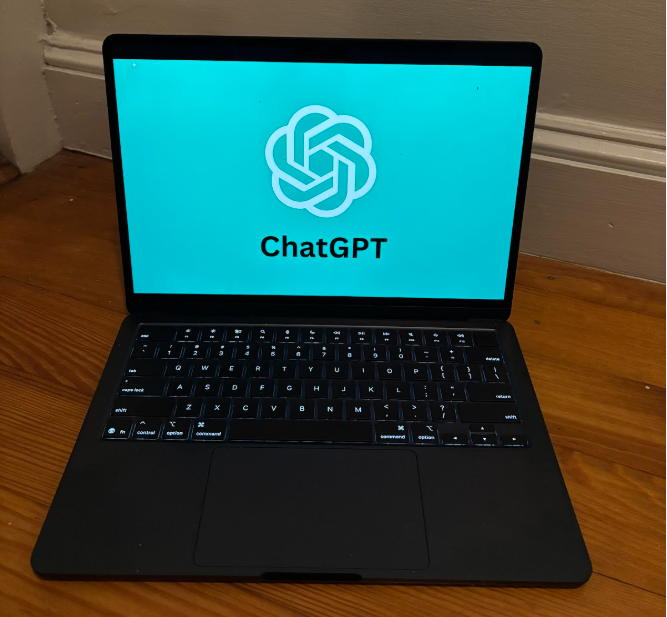

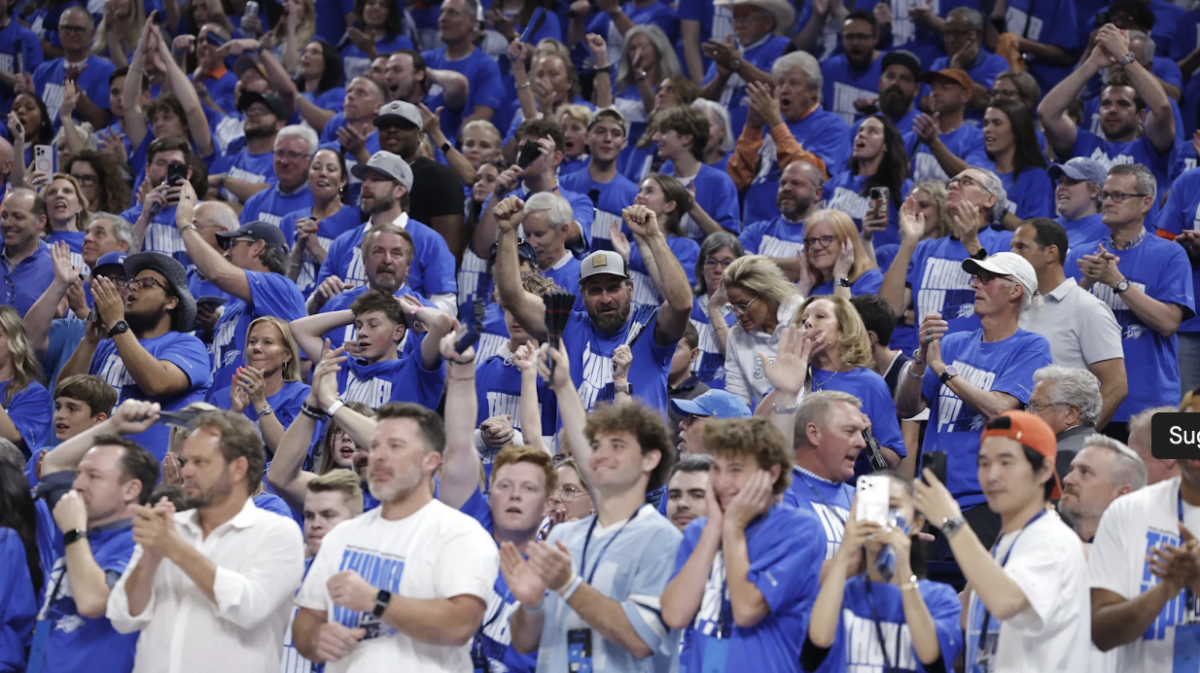
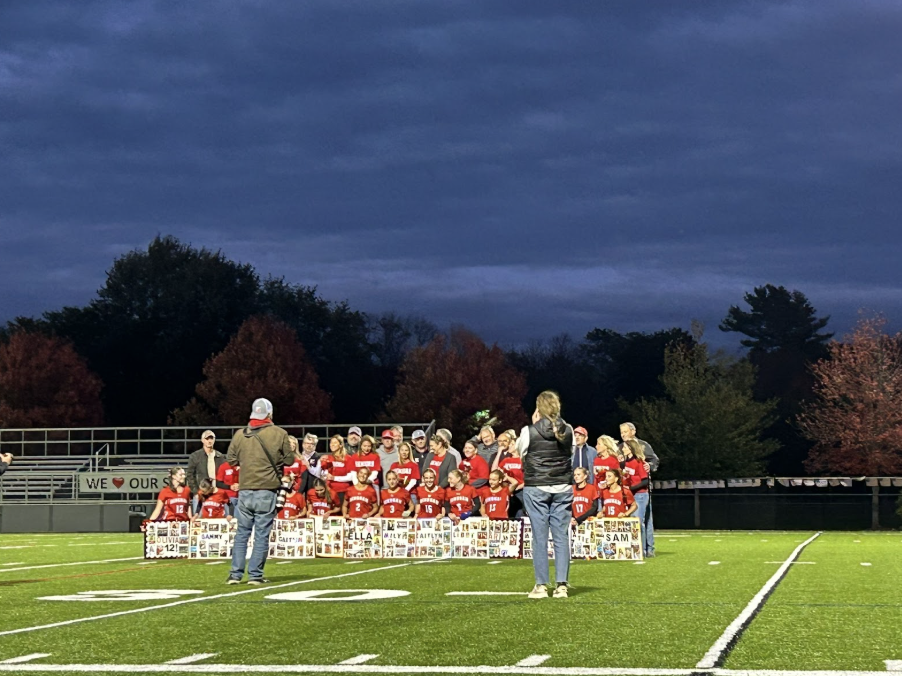
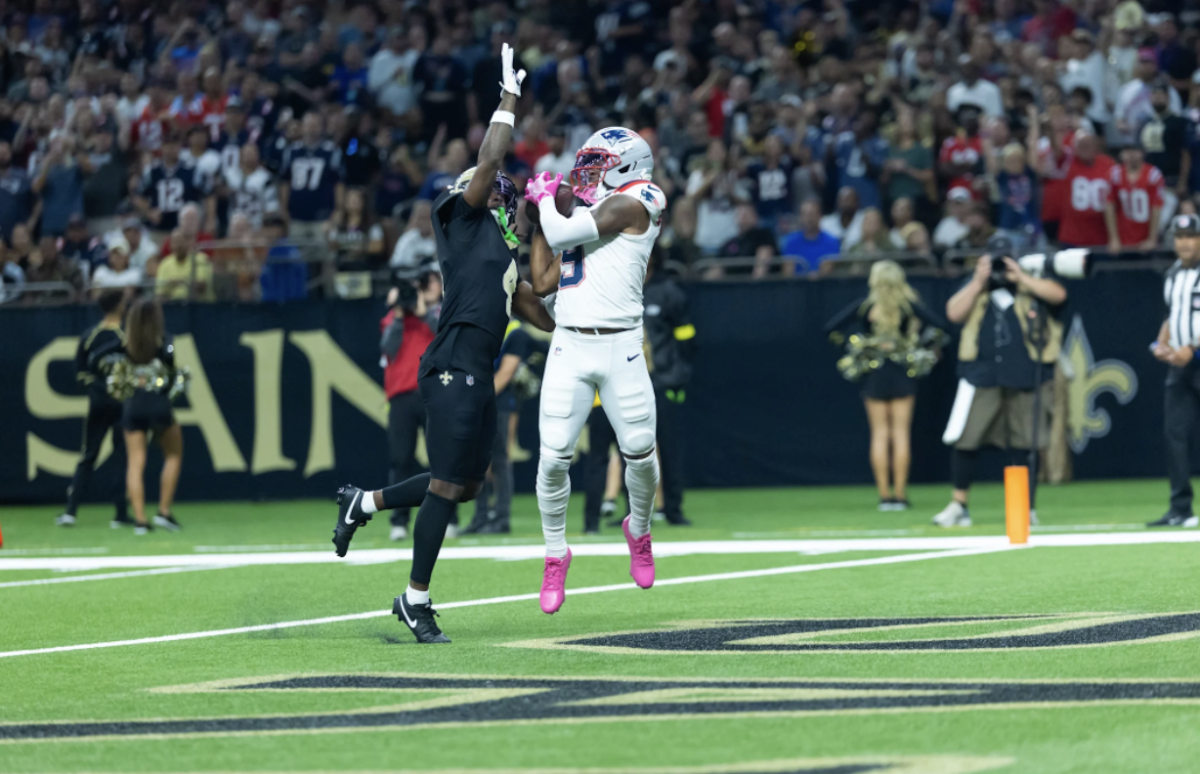
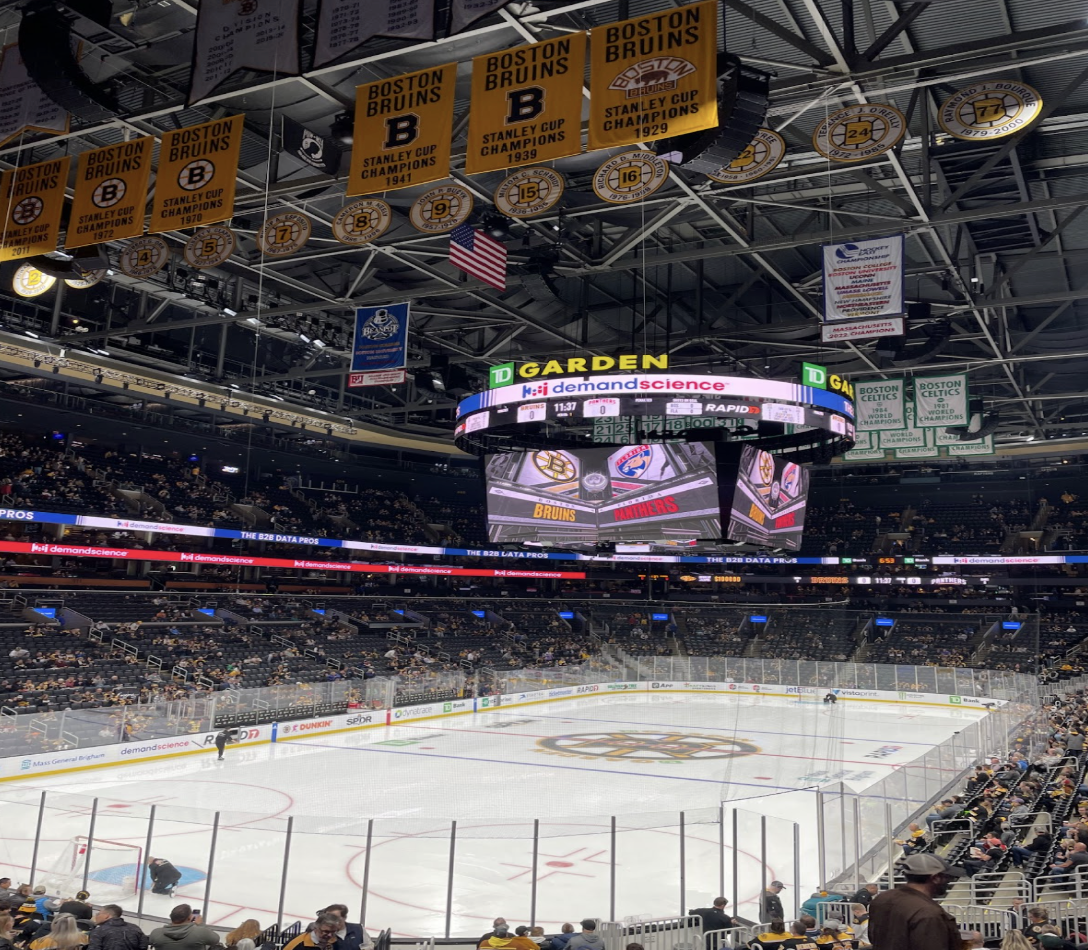
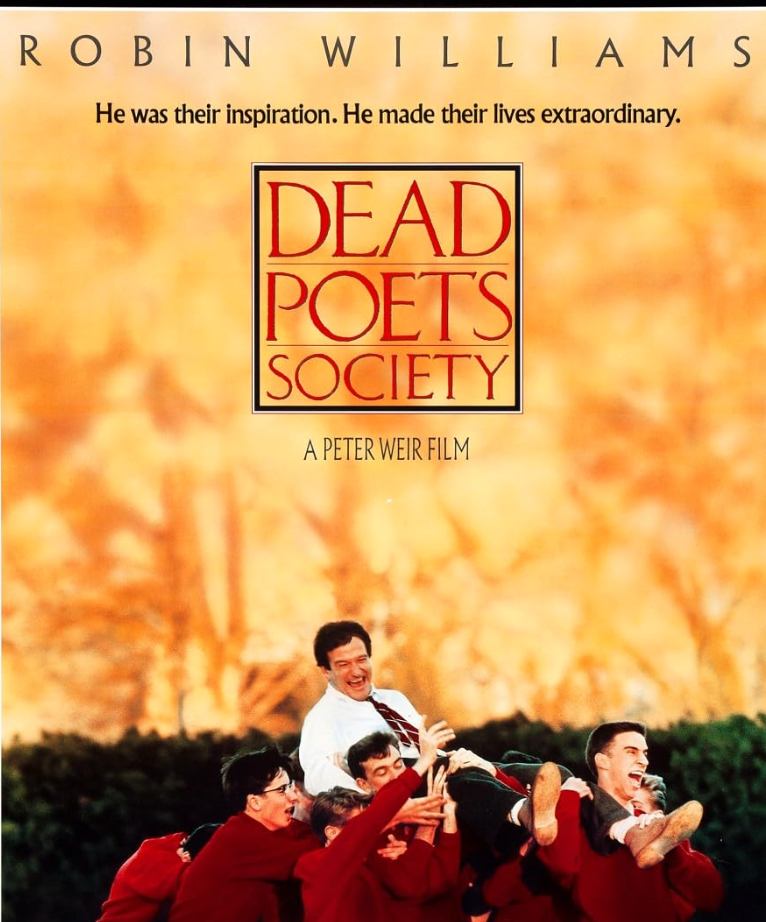
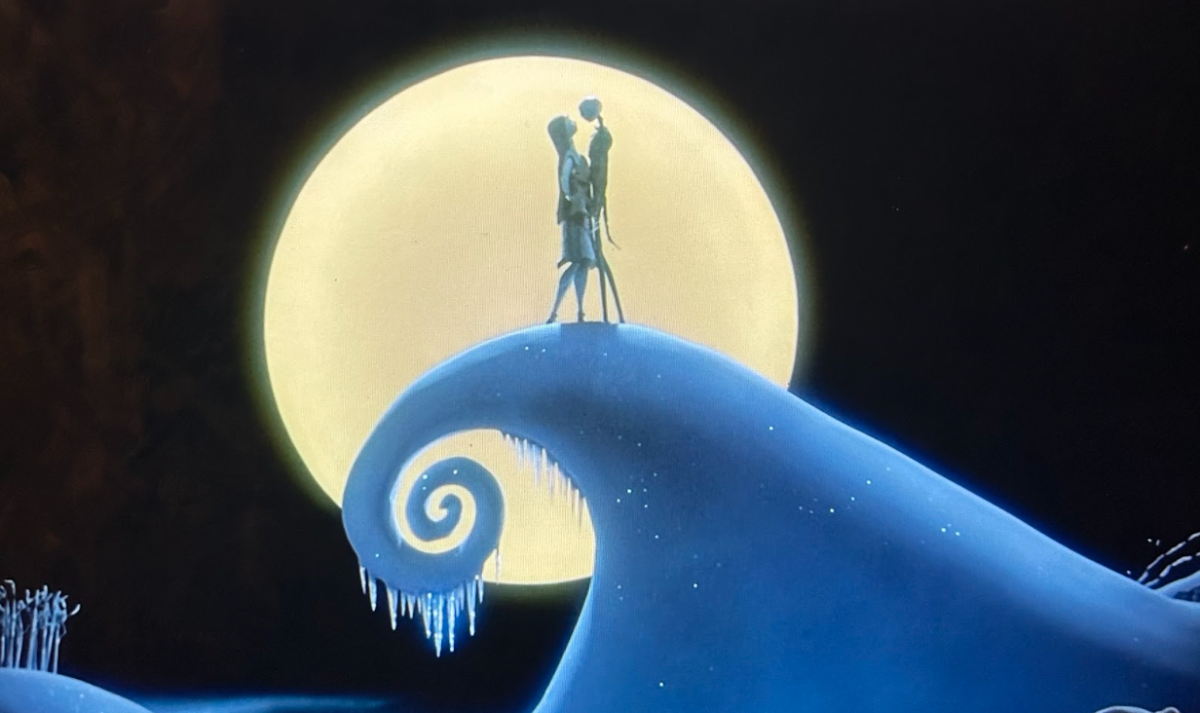
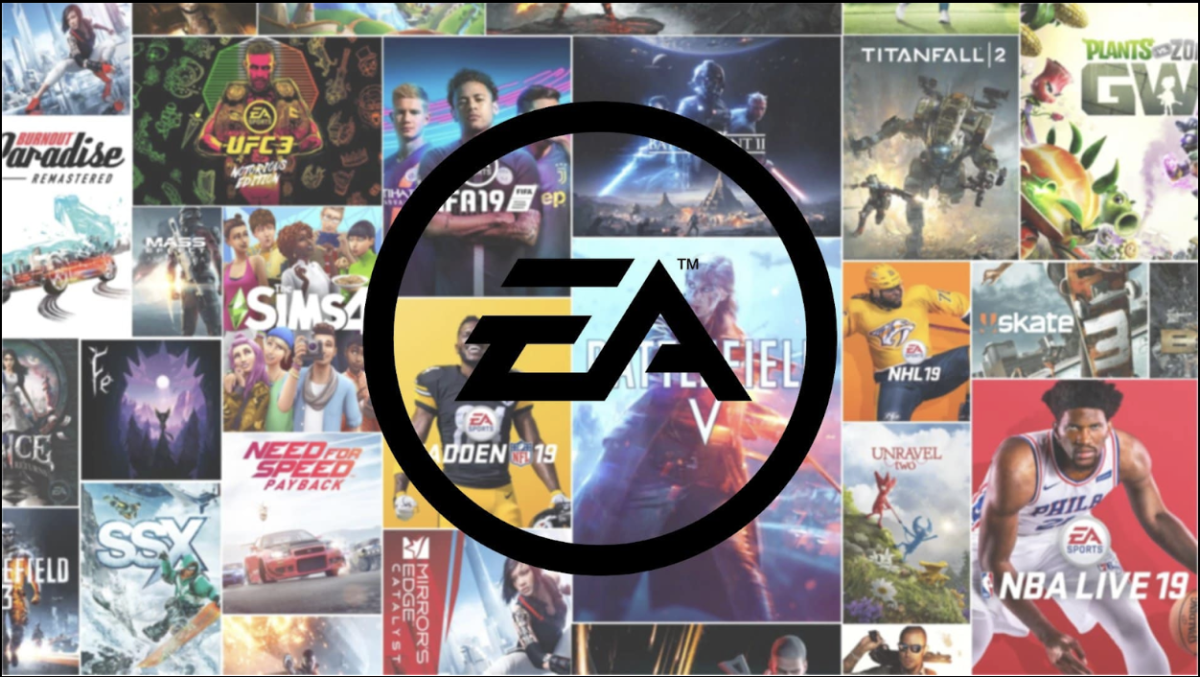
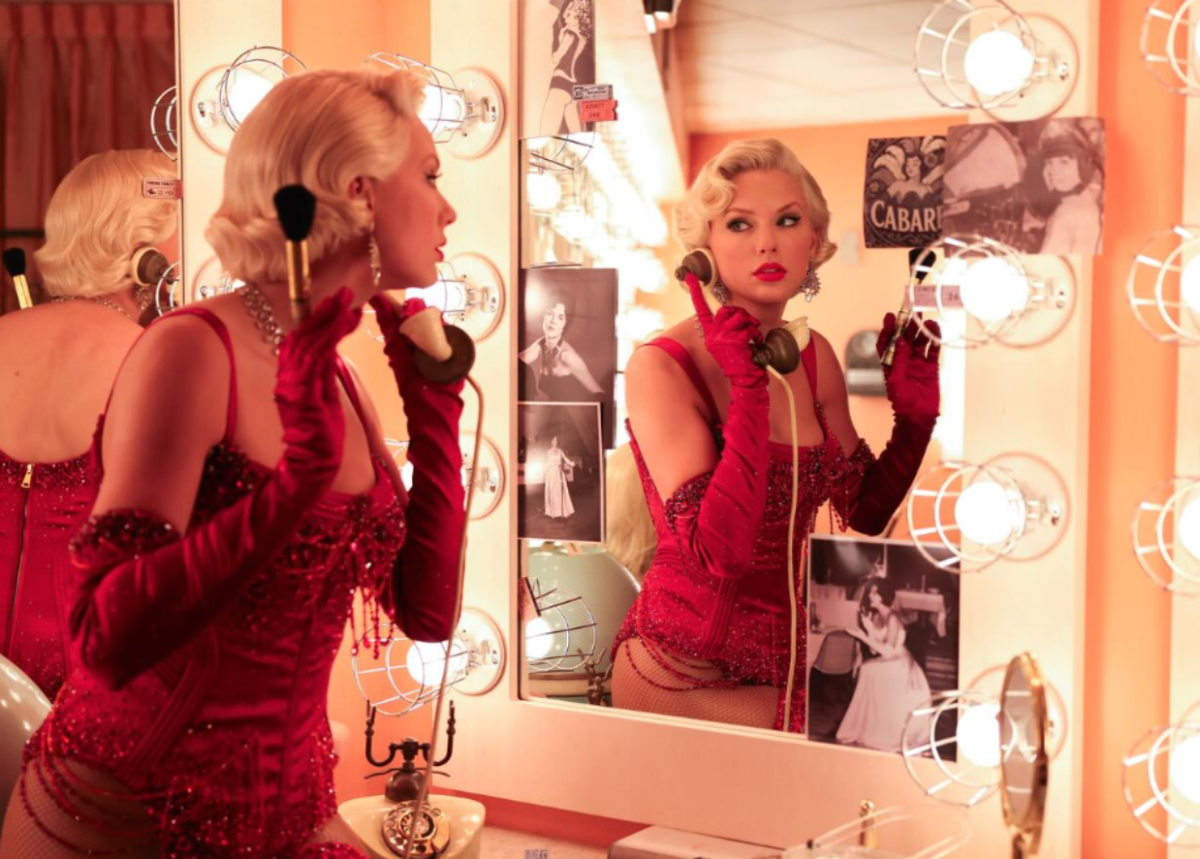
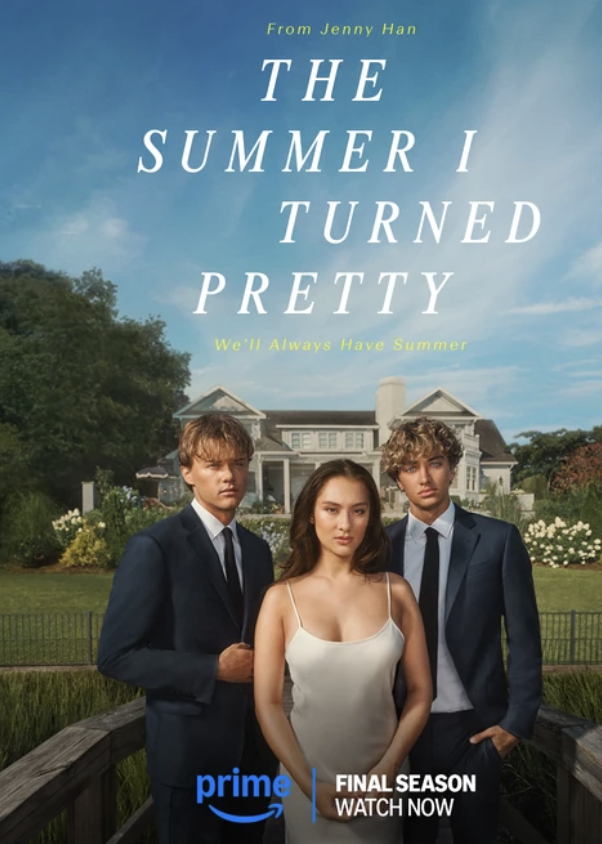
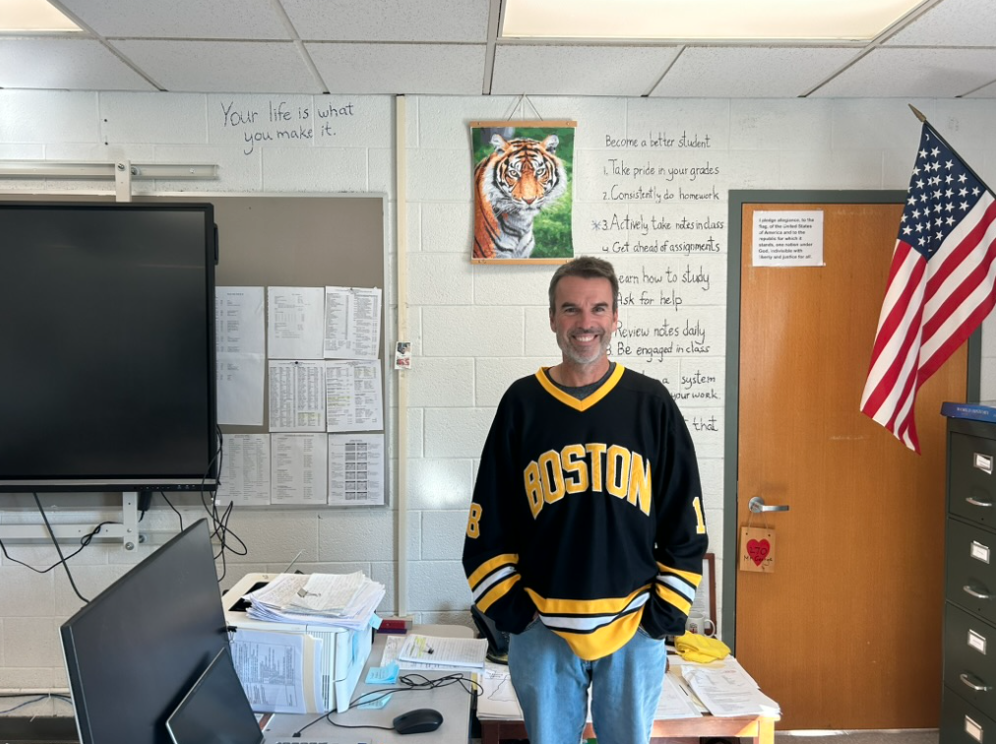








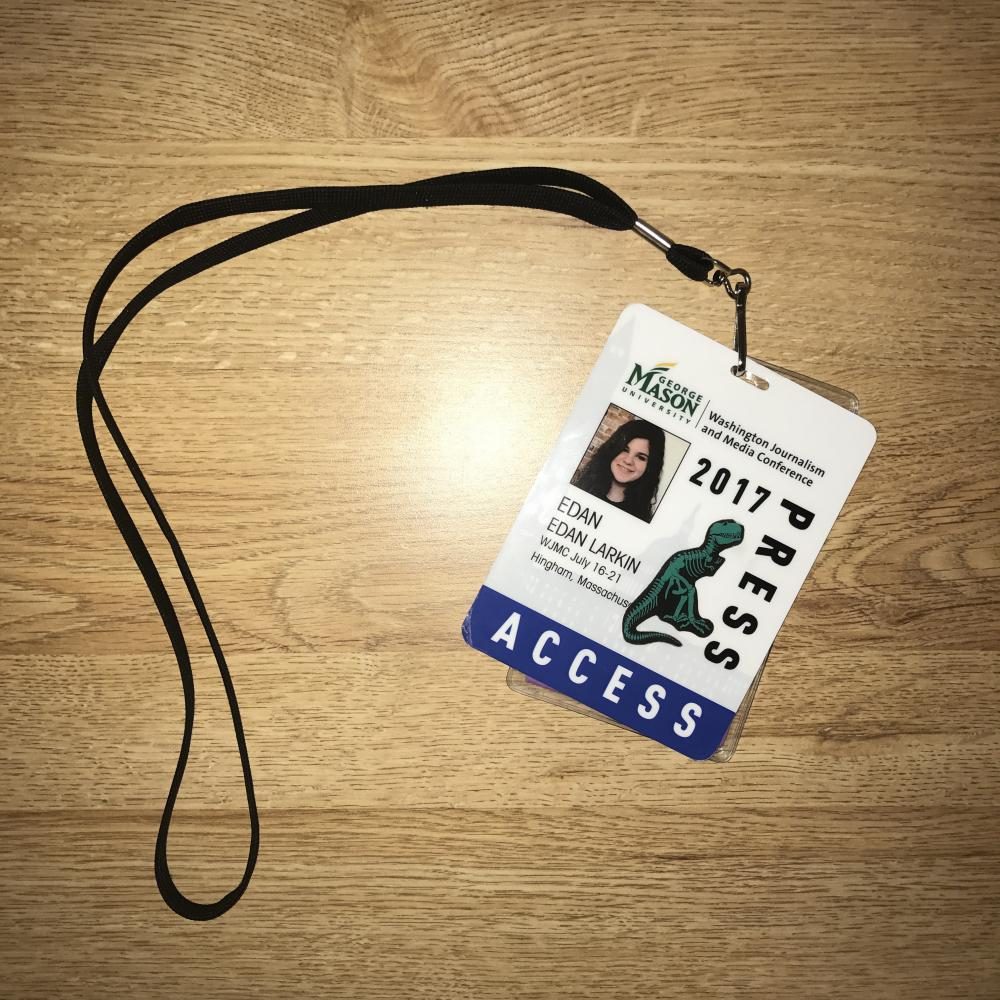



Mrs. Nicole Piantes • Sep 16, 2017 at 4:28 pm
Wow Edan!What an amazing experience you had! You are right, your future in the world of journalism is only just beginning and I cannot wait to see where it takes you. I loved reading about your perspective and insight throughout the trip.